Burying, not burning, infected animal carcasses is the preferred option for disposing of large numbers of livestock in the event of a serious disease outbreak, says Dr Evelyn Pleydell of the Ministry for Primary Industries. Although such measures are not needed in the current response to the cattle disease mycoplasma bovis, MPI does have plans in place for large scale disposals if required, says Evelyn, who is the ministry’s incident controller for the current mycoplasma bovis response. She has also led the carcass disposal project that was part of an extensive MPI and industry readiness programme for the event of a foot and mouth outbreak. Mycoplasma bovis was detected in New Zealand for the first time in July this year on two Van Leeuwen Dairy Group farms in the Oamaru area. By late August animals on other farms had also tested positive to the disease. In early September, more than 15,000 tests had been completed by MPI’s Animal Health Laboratory at Wallaceville. Evelyn says the overwhelming majority of the tests have come back negative, with positive results so far only being found on the six known infected properties. In light of these outbreaks SunMedia asked the Ministry what its plans are for the mass disposal of livestock, should that ever be required. “Burying is an option, but it must be carried out with a well-devised system in place to manage any leachate over a long term,” says Evelyn. “The best way to ensure that the environmental impacts of burying carcasses are minimised would be to bury them in a permitted landfill of a suitable grade. Oyster disease “This is the solution being used to dispose of shellfish in MPI’s current response to the oyster parasite Bonamia ostreae in Southland. MPI works closely with the landfill operators to ensure that hygiene measures are in place to prevent spread of disease to other sites during the disposal process.” In the case of mycoplasma bovis, the carcasses do not require special handling because the animal products are fit for human consumption, technical products and pet food, Evelyn says. “The premises where they are slaughtered operate under risk management programmes and there is a full time MPI veterinary presence. Waste generated from the process is managed to prevent disease spread by a method approved by MPI. The transport used to carry the animals is cleaned and disinfected before it leaves the premises.” However, MPI does have provisions in place for disposing of large numbers of animals. As part of an MPI and animal industry readiness programme for the event of a foot and mouth outbreak, the options for the mass disposal of carcases were fully researched. Mass disposal “Setting up purpose-built mass disposal sites is an option but based on overseas experience, and New Zealand specific factors about setting these up, it is considered a better option to use established landfills. These have the required leachate management systems. We have developed agreements with a number of the major landfills in preparation for such an event.” Evelyn says much has been learned from experiences in other countries, including Britain where, in the past, thousands of animal carcasses needed disposing of because of foot and mouth and bovine spongiform encephalopathy diseases. “Much has been learned from overseas experiences, particularly relating to the necessity for effective long-term management of leachate from any burial site and also about public perceptions of disposal methods. For example, the large-scale burning pyres adopted in the UK were not perceived well by the public.” Meanwhile the Ministry remains focused on eradicating the cattle disease mycoplasma bovis. MPI’s director, response, Geoff Gwyn "This is not a game-changer for us. Along with the animal industry bodies, we remain committed to continuing the biosecurity response, finding any infected properties, controlling the disease and, if possible, eradicating it from the country. "The disease is being well-contained on the known properties and we are confident our control measures are sufficient to contain it there. Our surveillance programme continues to investigate whether the disease had been spreading around the country before it was discovered in South Canterbury." The Ministry for Primary Industries’ testing programme for Mycoplasma bovis continues at pace with over 15,000 tests now completed by MPI’s Animal Health Laboratory at Wallaceville. Response Incident Controller Dr Eve Pleydell says the overwhelming majority of the tests have come back negative, with positive results so far only being found on the 6 known infected properties.
Thursday, April 18, 2024
Posted: 10:39am Monday 11 Sep, 2017 | By Elaine Fisher elaine@thesun.co.nz
Landfills preferred carcass disposal
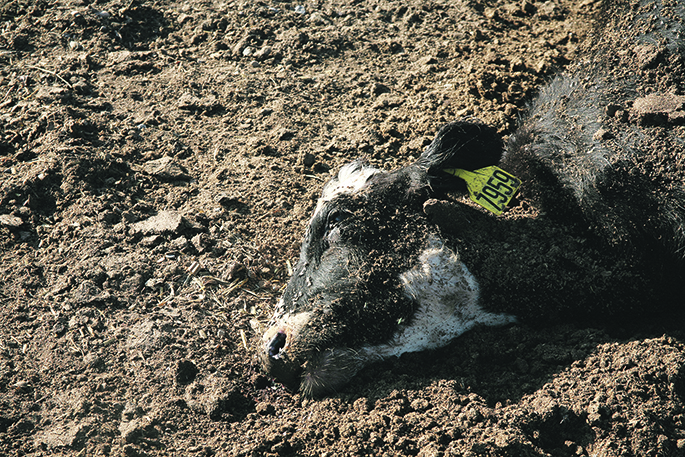


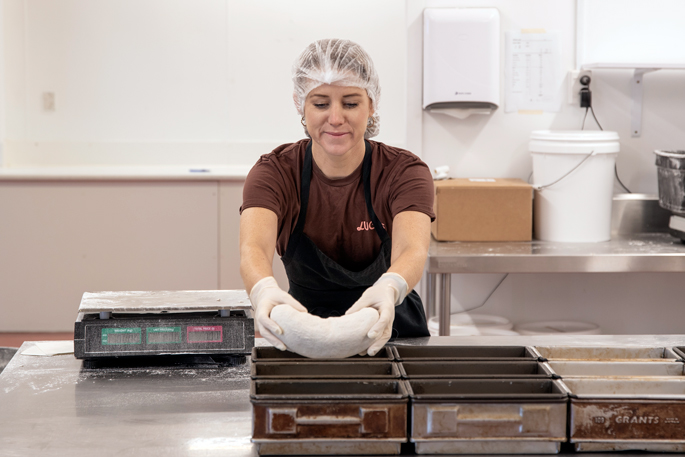
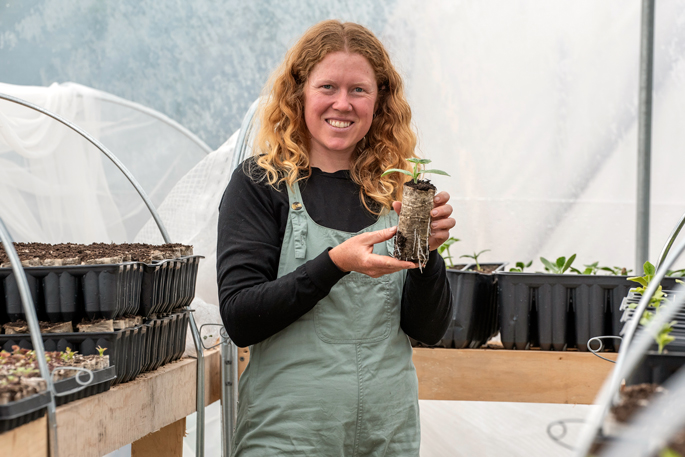
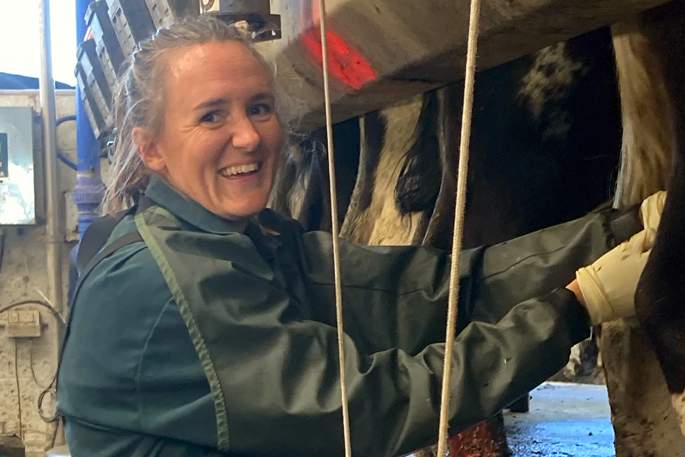
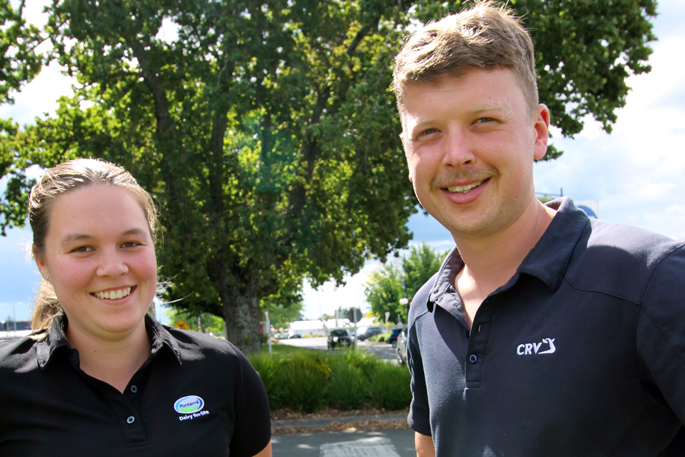
0 Comments
Leave a Comment